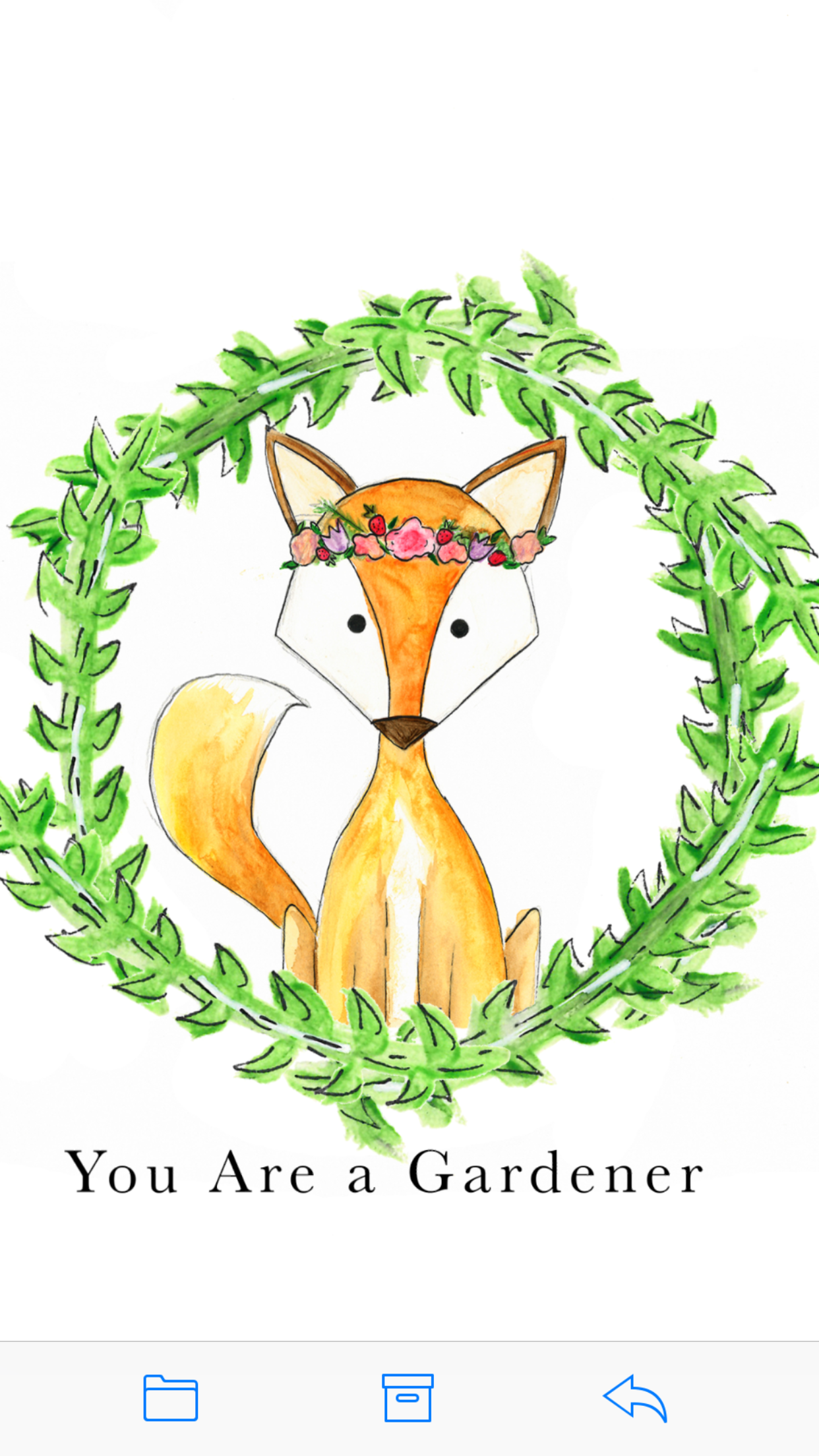Creating Gardens of Tolerance
- Shanna Truffini

- Jan 20, 2020
- 2 min read
Hello Gardeners!
Have you ever heard the quote by Asa Don Brown,
“Children are sponges,
soaking up every verbal
and nonverbal interaction.”
As educators, parents, and guardians, this is something we need to internalize. Everything we do in front of kids gets absorbed. How we manage conflict, how we incorporate diversity in the classroom & at home, how we navigate difficult situations - ALL of that is being observed and integrated into their narrative of tolerance, openness, and respect.
How do we teach tolerance and respect?
| TALK ABOUT OUR DIFFERENCES |
If we ignore our differences and pretend they don't exist, how do we expect kids to embrace them? We all come in different shapes, sizes, colors, and abilities - let's celebrate that!
Here is a wonderfully simple activity in celebrating diversity:
Bring in a bunch of different fruit - a red apple, a ripe banana, a bright orange, a plump cantaloupe - and set all the fruit out on a table for the kids to look at and explore.

Ask them to list out the differences of all of the fruit. Colors, textures, shapes, smells, etc. After you list out all of the possible differences, ask them what the fruits have in common. Point out the big similarity in that they are all fruit!
| EXPOSE STUDENTS TO A VARIETY OF CULTURES |

There are so many ways to incorporate cultural events into your classroom. Have your students explore their backgrounds and bring in pictures or items that are important to their family's background. This is a great way for kids to explore their heritage and for students to gain a curiosity rather than a fear of people who are different than themselves.
| CORRECT CULTURALLY INSENSITIVE LANGUAGE |
If you ever hear your students say something offensive or insensitive - remember that they probably are just repeating something they heard somewhere else. Explain how those words are harmful and why they should not be repeated.
| INCORPORATE DIVERSITY INTO YOUR LESSON PLANS |
Think about the movies, books, and public figures you show or discuss in class. When students see people of all backgrounds contributing to their education, they make space for those that look, speak, or live differently from them in their minds. Below are some ideas:
Teaching tolerance doesn't need to be overthought or uncomfortable - it's just about exposure and openness. Allow yourself to be educated in cultures with which you are unfamiliar, and be up front that you are learning too! Allowing students to witness your curiosity and acceptance sets a powerful example.
Do you have a craft or activity aimed at #TeachingTolerance? Let us know about it in the comments below or tag us @youareagardener!



























Comments